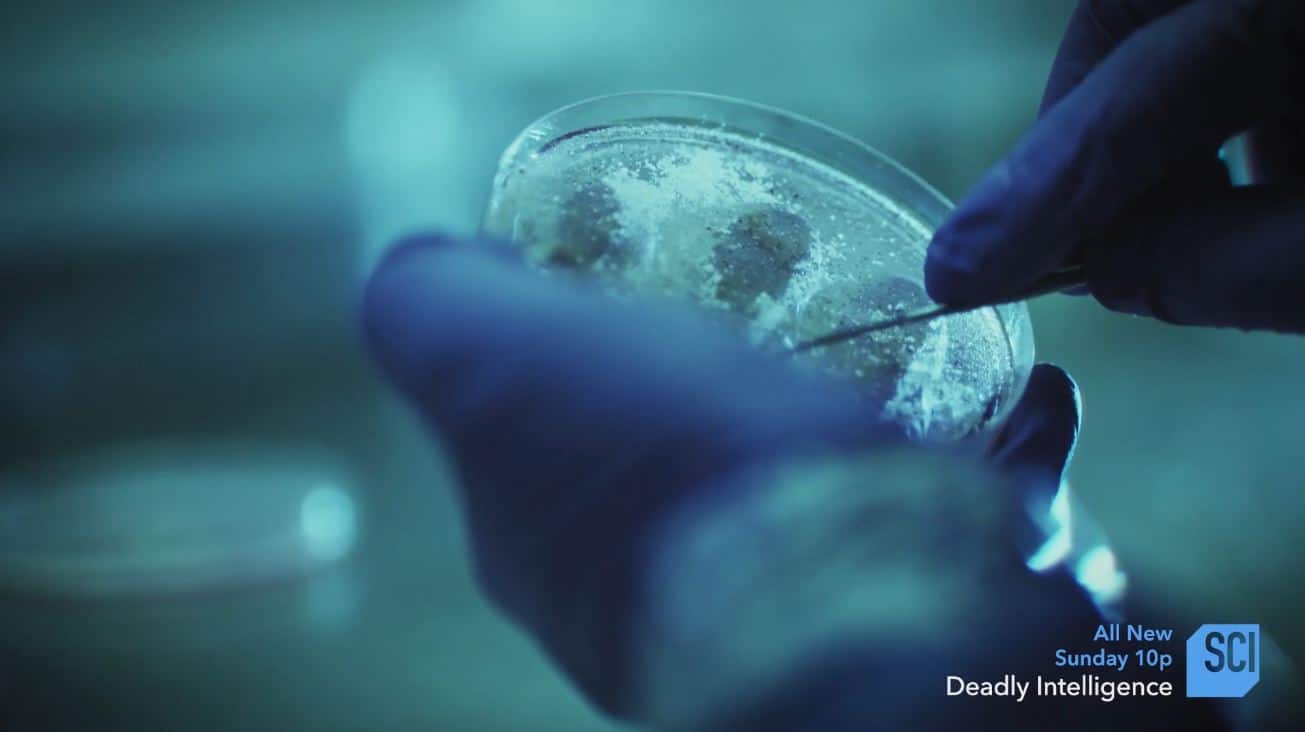
Science Channel series Deadly Intelligence tonight looks at the case against Dr Bruce Ivins, the key suspect in the 2001 anthrax attacks — and whether he was framed in an FBI cover-up.
Ivins was an Army scientist and was believed to have been the so-called “Anthrax Killer”, but the series looks at new evidence and has interviews with medical peers who suggest something may have been amiss in the initial FBI investigation.
The anthrax letters, sent just after the September 11, 2001, terrorist attacks, killed five people and left more than a dozen ill. Ivins was the key suspect but, at age 62, he committed suicide.
His death on July 29, 2008, from a Tylenol overdose, came as federal prosecutors were just about to present their damning report to a grand jury.

The letters were filled with refined bacterial spores and mailed to Senate Democratic leaders and various news organizations.
Two Washington postal workers, a New York hospital worker, a supermarket tabloid photo editor in Florida, and a 94-year-old woman in Connecticut all were killed by the perpetrator’s actions.
Why Ivins? He had spent 30 years as a microbiologist at the Army’s biological research laboratory at Fort Detrick, Maryland. His job? He was trying to develop a better vaccine against anthrax.
But tonight you will hear from many experts who dispute his guilt, believing that Ivins was framed in an FBI cover-up.
Scientists like Dr. Paul Keim and Dr. Henry Heine on the episode speak up for Ivins, saying the contents of a tell-tale RMR 1029 flask that the FBI traced back to Ivins was actually shared with 20 labs.
There was reasonable doubt and a chance that Ivins was the victim of circumstantial evidence. But who was sophisticated enough to cultivate the deadly anthrax spores? Watch tonight to learn more.
Deadly Intelligence airs Sundays at 10 pm ET/PT on Science Channel